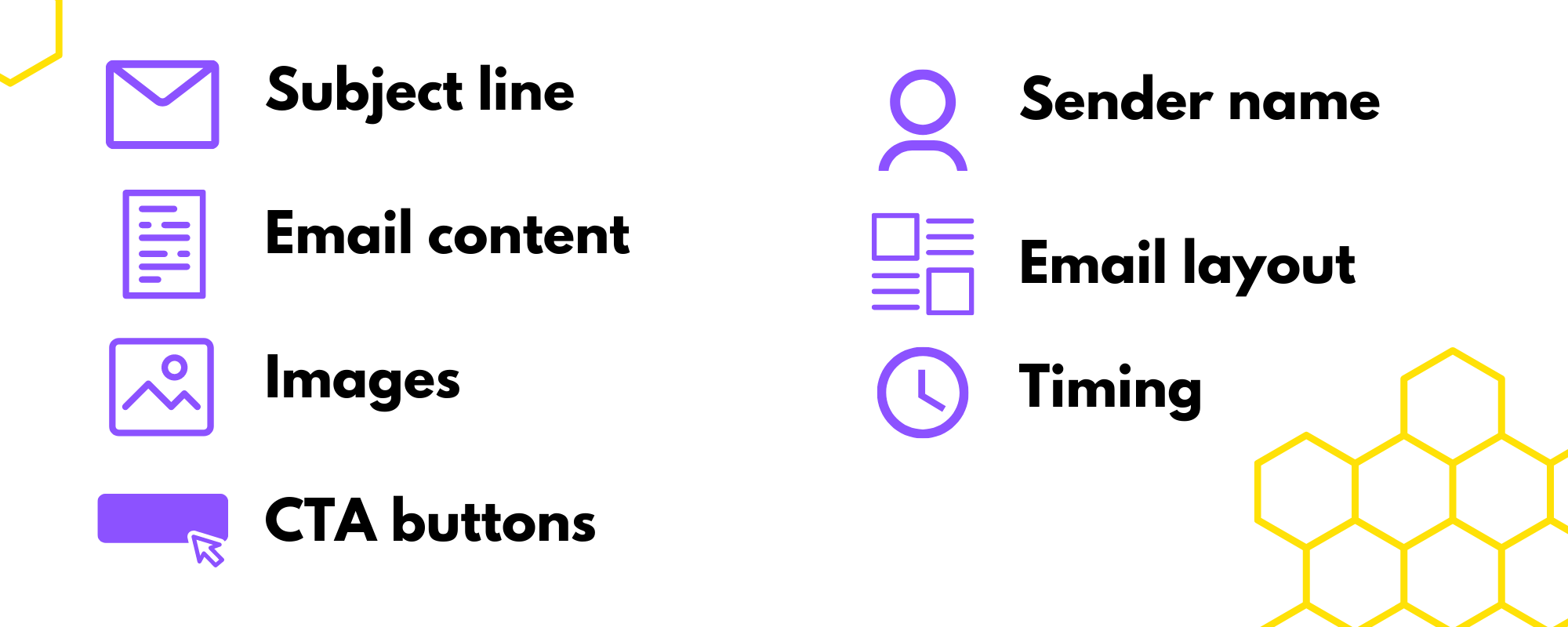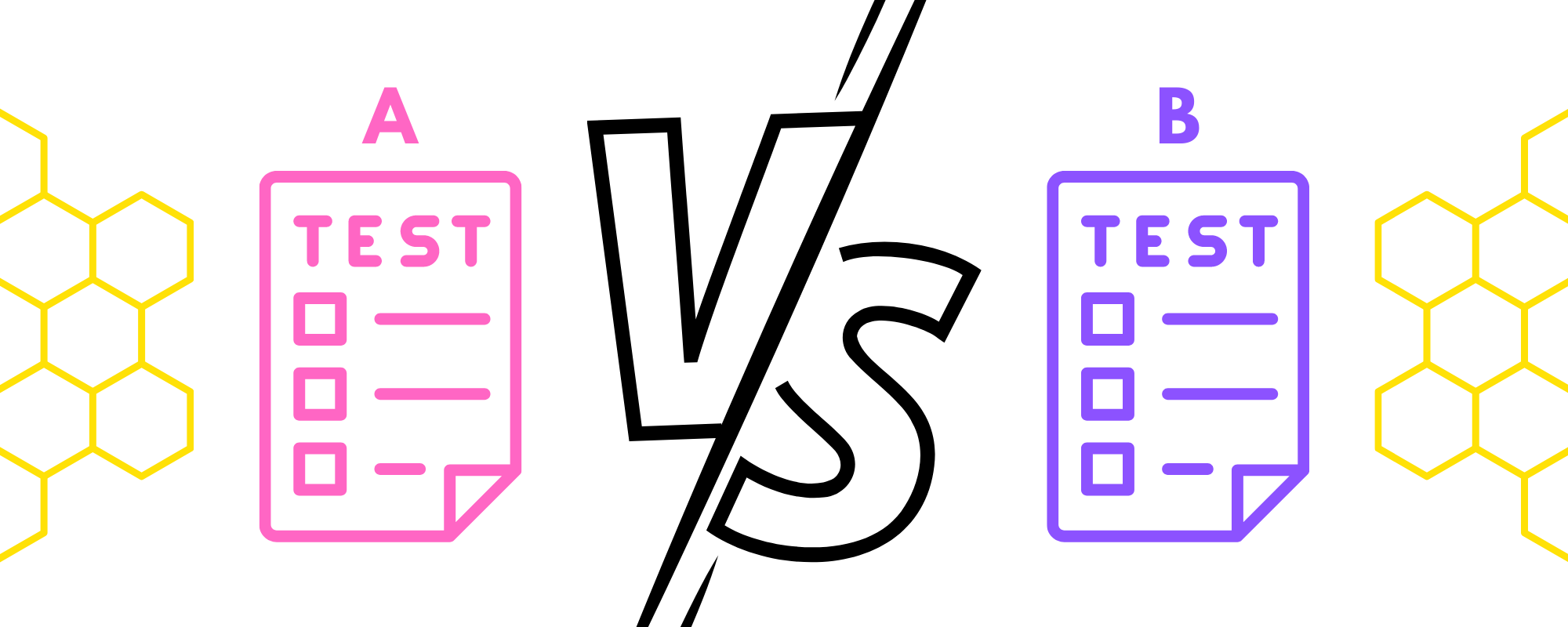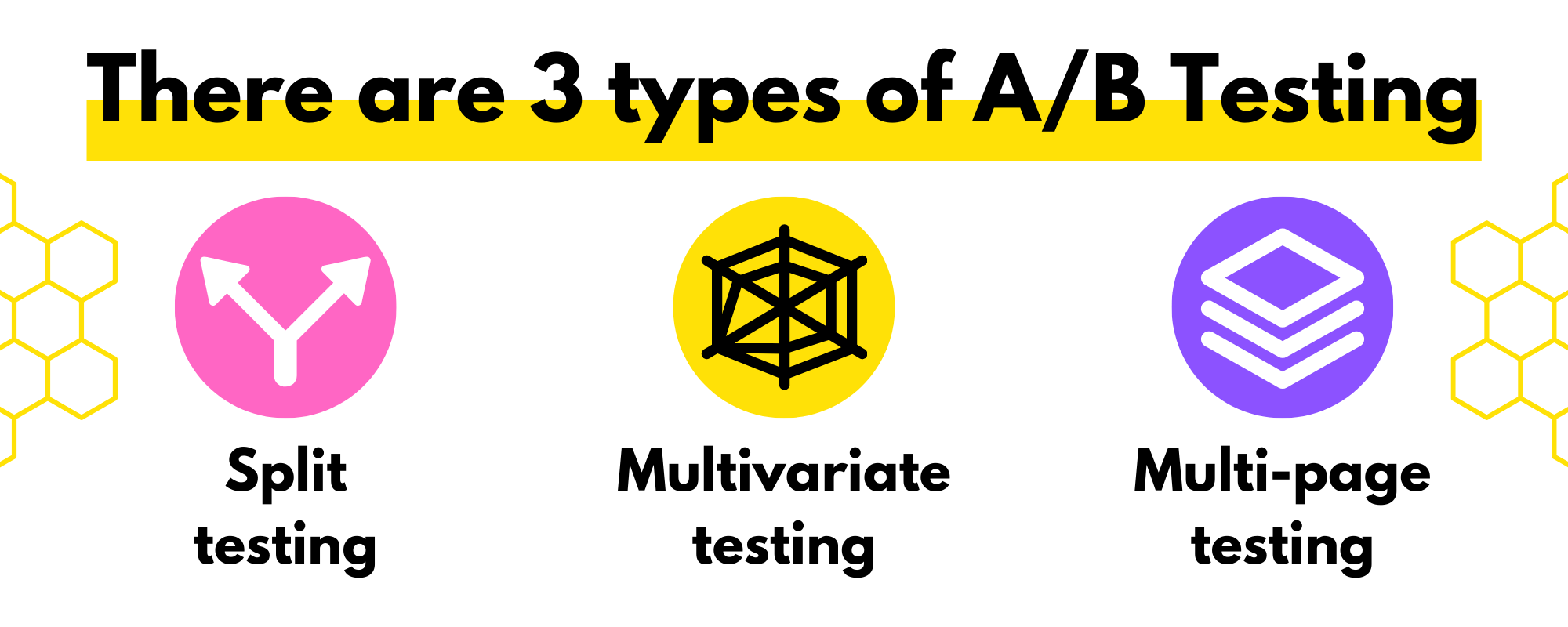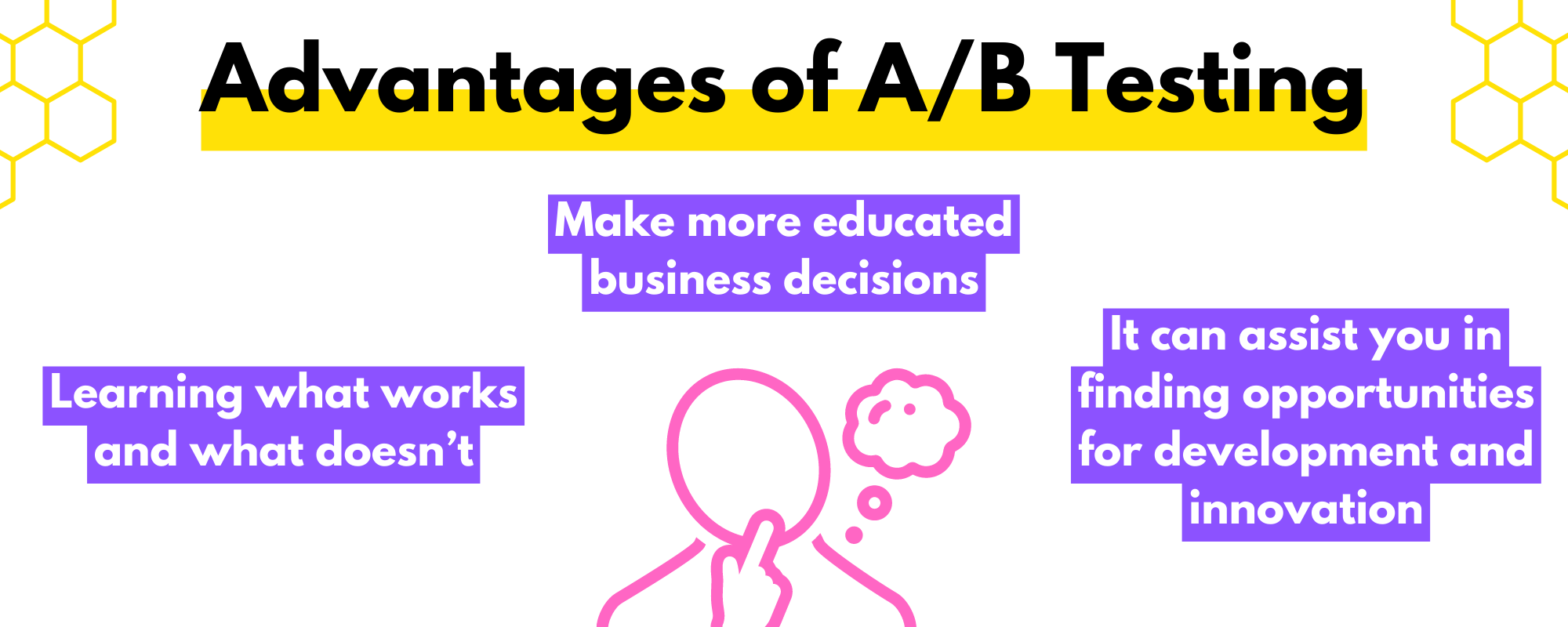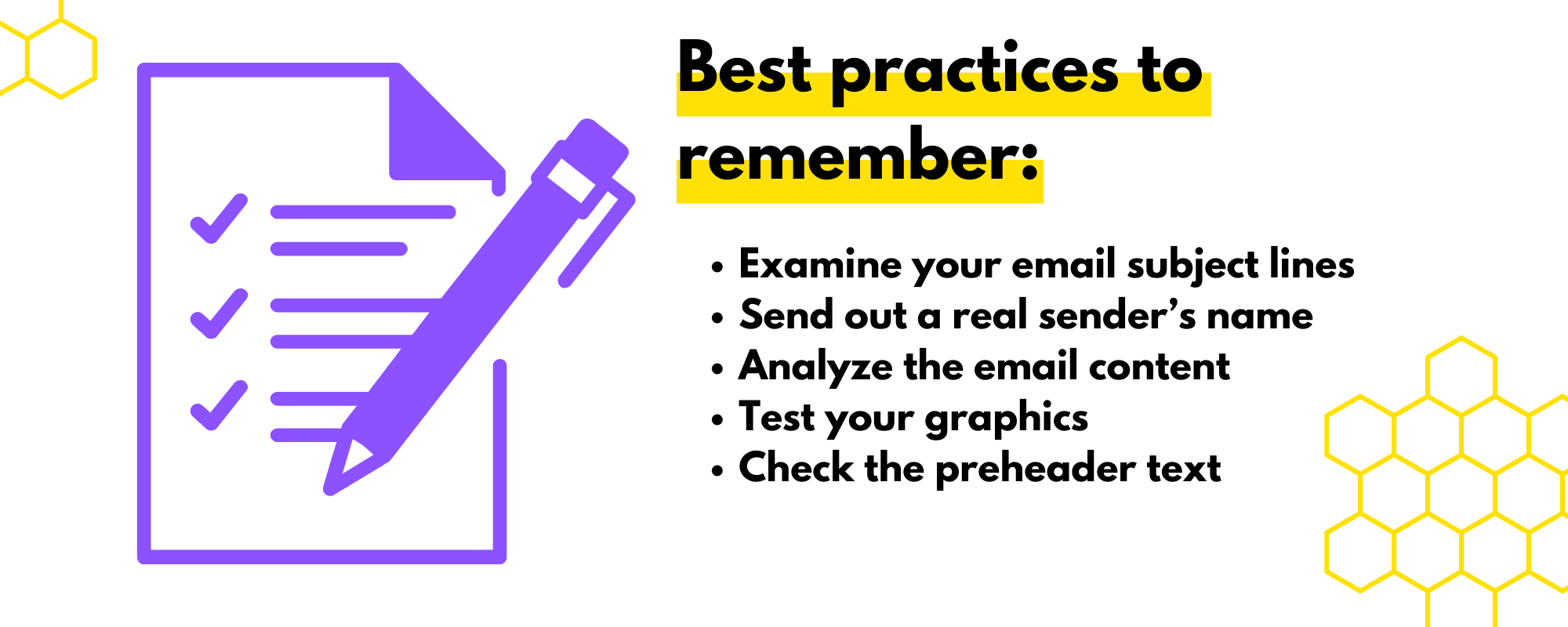
Email Marketing: A/B Testing From An Outsourced Team
CATEGORIES
Tags
24/7 analytics australia automation Business Process Outsourcing company Copywriting CRM customer support data data and analytics Delegate digital digital advertising digital marketing Digital Support Staff ecommerce Email Management Email Marketing Entrepreneur Freelance Writers google ads graphic design Hiring Freelancers Marketing offshore offshoring ominchannel support organizer outsource Outsourcing Philippines Project management reporting seo seo audit Shopify Small Business social media Social media experts social media management United States video Virtual Assistant Virtual Team
Email marketing is a highly effective way to reach out to your target audience and drive conversions, but it’s not as simple as sending out a mass email and hoping for the best.
A/B testing is a crucial element of any successful email marketing campaign, allowing you to experiment with different variables to see what resonates best with your audience.
And if you’re looking to take your A/B testing to the next level, outsourcing this task to a specialized team can be a game-changer for your business.
What is A/B Testing?
When it comes to email, A/B testing is the process of sending one version of your campaign to a portion of your subscribers and another version to a different subset of subscribers in order to determine which version of the campaign performs best.
A/B tests range in complexity. Simple A/B tests can involve sending out different subject lines to see which one gets more opens, while more complex A/B tests might involve comparing completely different email templates to see which one gets more click-throughs.
Email marketing A/B testing and how it can benefit businesses
Email marketing A/B testing is a technique for comparing the performance of multiple variations of an email marketing campaign.
Two versions of an email are prepared for A/B testing, with only one variable varying between the two. After sending the emails to a sample of subscribers, the response rate is examined to ascertain which email version is more successful.
A/B testing can benefit businesses in several ways, including:
- Improved conversion rates: By testing different elements of an email, such as subject lines, call-to-action buttons, or images, businesses can determine which version is more effective in driving conversions.Increased engagement: A/B testing can help businesses understand what their subscribers respond to best, allowing them to create more engaging content that resonates with their audience.
- Better understanding of customers: By analyzing the data gathered from A/B testing, businesses can gain insights into their customers’ preferences and behaviors, helping them to tailor their email marketing campaigns to better meet their needs.
- Cost-effectiveness: A/B testing allows businesses to make small changes to their email campaigns without having to invest in a complete overhaul, making it a cost-effective way to improve campaign performance.
- Competitive advantage: By constantly testing and refining their email marketing campaigns, businesses can stay ahead of the competition and deliver more effective messaging to their subscribers.
Importance of outsourcing email marketing for A/B testing
The ability to utilize the skills of specialist marketing organizations or individuals who have the required tools, knowledge, and experience to develop and carry out efficient A/B tests is one way that outsourcing email marketing for A/B testing helps businesses to maximize their potential.
These professionals assist companies in selecting the most crucial components to test, designing effective email campaigns, and analyzing the outcomes to offer insightful information that can guide future campaigns, with an objective perspective that internal teams may lack.
Outsourcing gives companies more time and money to concentrate on their core strengths while still gaining access to the knowledge and experience of industry experts.
By outsourcing email marketing for A/B testing, organizations can ensure that they are taking full use of the potential of email marketing to enhance engagement, conversions, and revenue.
What elements are tested?
Businesses usually do A/B testing for email marketing to compare the performance of different aspects of their email campaigns.
Subject lines, email content, graphics, call-to-action (CTA) buttons, sender names, email style, and the time the email is sent are a few common aspects that can be evaluated.
Types of elements that can be tested
A/B testing can be used to test various features in order to improve email marketing campaigns.
- Subject line: A campaign’s success can be determined by the subject line of an email, which is a key aspect. Finding which topic lines are most effective for particular audiences can be accomplished by testing several subject lines.To determine the most successful variety, you may experiment with the subject line’s length, tone, or style.
- Email content: A/B testing can be used to compare the content of emails with other elements. Businesses may determine what material resonates with their target audience and generates the greatest engagement by testing several variations of the email content, such as language, format, and tone.
- Images: Images can be a very successful component in email marketing efforts, and A/B testing may assist determine which kinds of photos work best to increase engagement.Companies can experiment with various image types to determine which ones perform better, such as product photographs against images of people or black-and-white versus colorful images.
- Call-to-action (CTA) buttons: Call-to-action (CTA) buttons are significant for increasing conversion rates in email marketing campaigns. The wording, positioning, and color of the CTA button can all be altered in A/B testing to determine the most effective CTA type.
- Sender name: The sender name is yet another vital component that might affect how well email marketing campaigns perform. Finding the sender name that increases interaction the most can be done by experimenting with several versions, such as utilizing a personal name against a brand name.
- Email layout: A/B testing can also be used to compare different email layouts. Testing different email layouts, such as where graphics and text are placed, can assist determine which layouts are more engaging for the target audience.
- Timing of the email send: The success of email marketing efforts can also be impacted by the timing of the email send. The best times to send emails to the target audience, such as at particular hours of the day or on particular days of the week, can be determined with the aid of A/B testing.
A/B Testing Examples
A/B testing can be applied to a wide variety of elements in email marketing campaigns. By testing different variations of these elements, businesses can gain valuable insights into what works best for their audience, and optimize their campaigns accordingly.
1. Subject Line: “Get 50% off your next purchase” vs. “Exclusive offer just for you”
A business might test a subject line that emphasizes a discount, such as “Get 50% off your next purchase,” against a subject line that creates a sense of exclusivity, such as “Exclusive offer just for you.”
By testing these variations, businesses can gain insights into which approach is most effective at driving opens and clicks.
2. Email Content: Long-form content vs. Short-form content
The actual substance of the emails themselves is another aspect that can be examined. For example, a company might do tests to compare the effectiveness of long-form vs short-form content in capturing readers’ attention and fostering engagement.
3. Images: Image vs. no image
The use of images in email marketing is another common factor to test. Companies may compare the effectiveness of using a picture against using none at all, or they may contrast the effectiveness of various image kinds to determine which ones are more effective at generating clicks and conversions.
4. Call-to-Action (CTA) buttons: “Shop Now” vs. “Learn More”
Call-to-Action (CTA) buttons are an essential component of any marketing campaign or website that aims to convert visitors into customers. Two of the most popular CTA buttons are “Shop Now” and “Learn More”.
The “Shop Now” button is typically used by e-commerce websites and online retailers. It’s a direct and straightforward call to action that tells the user to make a purchase. The button’s purpose is to encourage users to take action and make a purchase immediately.
Meanwhile, the “Learn More” button is often used when businesses want to provide more information to their customers. It’s a softer call to action that invites users to explore and learn more about the product or service before making a purchase decision.
If the company wishes to stimulate immediate purchases, the “Shop Now” button may be more beneficial. Yet, the “Learn More” button can be a preferable option if the company wishes to give additional details and gain the trust of potential customers.
5. Sender Name: Company name vs. Personal name
Whether you use your company name or your name as a sender when sending emails or letters might affect how the receiver will interpret and respond to your message.
The sender might convey a sense of formality and professionalism by using the name of the company. It’s also perfect for official correspondence, newsletters, and other emails or letters that are meant to represent the firm as a whole.
A sense of intimacy and a connection with the recipient can be established by using a personal name as the sender. It’s ideal for letters or emails that are meant to be more private, such thank-you notes, correspondence, or networking communications.
6. Email Layout: Single column vs. Multiple columns
The visual organization of the material within an email is referred to as email layout. Both single column and multiple column email layouts are common.
An email design with one vertical column of content is referred to as having a single column layout. Given that the text is presented in a linear manner, this layout is straightforward and simple to understand.
As they can quickly adjust to various screen widths, single column emails are especially well-suited for mobile devices. Since it does not involve complicated coding or design features, the single-column layout is also simple to create and apply.
Email designs with two or more content columns are referred to as multiple column layouts. These layouts are frequently used for newsletters or marketing emails that have a lot of content.
Multiple column layouts make it possible to fit more information in a smaller area, which is advantageous for emails that aim to inform or sell.
Several columns can also make emails harder to read, especially on smaller screens. Creating multiple column layouts might also be more difficult because it demands more code and design knowledge.
7. Timing of the email sent: Morning vs. Evening
An email’s effectiveness can be significantly impacted by the moment it is sent.It is preferred to send emails in the morning because they are more likely to be read and answered during working hours.
Individuals are more likely to answer quickly in the morning since they are generally more productive and focused. Timing can change based on the sector and culture.
Sending emails in the afternoon may be more appropriate in some cultures, whilst sending emails in the evening may be acceptable in others.
On the other hand, sending an email in the evening may be less effective than in the morning because individuals are weary and less concentrated at the end of the day.
Also, sending an email after work hours could come off as an invasion of the recipient’s personal time, which could result in a delayed or nonexistent answer.
There might be certain exceptions to this rule, such as emails that are urgent or time-sensitive and must be sent after hours.
It is vital to convey the urgency of the situation in such situations and to show consideration for the recipient’s time.
Types of A/B testing that can be used for email marketing
For email marketing, there are several types of A/B testing that can be used to improve the performance of email campaigns. Here are some of them:
- Split testing: An entirely different version of an existing web page is tested in split testing to determine which one performs better. When you want to test the complete layout or copy of an existing landing page without altering the current page, split testing is the best option.
- Multivariate testing: In multivariate testing (MVT), many page variables are tried simultaneously to see which combination performs the best among all possible permutations.Advanced marketing, product, and development specialists are best suited for this strategy because it is more complex and requires the creation of numerous alternative sites.
- Multi-page testing: A multipage test compares the performance of the new user journey variation(s) to the original by changing one element across multiple pages that don’t have the same layout like the homepage, product pages, and basket page.
What are the advantages of A/B Testing?
An effective tool, A/B testing assist companies of all sizes in a variety of ways. One of the main benefits of A/B testing is that it enables you to refine your marketing initiatives using data from actual customers.
You can learn what works and what doesn’t with every audience segment by running tests on several iterations of your email campaigns and then modifying your methods in light of the results.
The ability to make more educated business decisions regarding your marketing budget is another advantage of A/B testing. You can more efficiently spend your resources and concentrate on the tactics that are most likely to produce fruitful results by determining which components of your email marketing are most productive.
A/B testing can also assist you in finding opportunities for development and innovation. You might learn new strategies that you hadn’t thought of by experimenting with various permutations of your email campaigns, which could lead to fresh ideas and insights that can keep your company on the cutting edge.
Importance of A/B testing in outsourcing email marketing
The value of A/B testing cannot be emphasized when outsourcing email marketing. You can obtain access to the most recent tools and technology for conducting precise and effective tests by working with a group of specialists in A/B testing.
This will allow you to take advantage of their knowledge and experience. It can also assist you in developing a more effective marketing plan and ensuring that the impact and return on investment of your initiatives are maximized.
Any effective email marketing plan must include A/B testing. By running tests on multiple iterations of your campaigns, you may gather vital insights into what works and what doesn’t, and utilize this information to refine your strategy for better results.
Working with a group of A/B testing specialists when outsourcing email marketing will help you fully utilize this potent tool and make sure that your campaigns are as effective and efficient as possible.
What are the best practices for A/B Testing?
It can be confusing knowing where to start because you can test practically any variable within your email campaign.
Will you run an A/B test on the subject line? What shade does a call to action button have? The name of the sender?
Each of those factors is probably going to have an impact on various stages of the conversion procedure.
Every time you send an email, you’ll get a fresh chance to test a particular component. Here are some of the best practices for A/B testing:
1. Examine your email subject lines.
Test the question structure, personalisation, the use of symbols or numbers, and the urgency factor.
Readers may open the email in search of an answer if the subject line contains a question.
Personalization can foster a sense of connection, such as when the reader’s name or place are used. Symbols and numerals can draw the eye, but they must be appropriate for the message.
Lastly, a sense of urgency might motivate readers to take quick action.
2. Send out a real sender’s name.
The sender name is one variable to test, for instance, using the corporate name versus an employee’s name. For bloggers who use their name as their brand, determining whether to use the complete name or simply the initial name is equally important.
The willingness of readers to open emails written from a real person employed by the organization can also be determined by testing various email addresses.
It’s essential to keep up with the sender name you’ve found to be the most effective so that your subscribers can quickly recognize your emails.
3. Analyze the email content.
Test the call-to-action (CTA), which is the key component in getting readers to convert, to see how effective your newsletter content is at converting readers.
Change the text on the CTA button, repeat it in other places in the newsletter, experiment with different colors and button sizes, and move the CTA button around. Use visual features like arrows to direct the reader’s attention to the CTA.
You can find the best CTA for your audience by testing these factors.
4. Test your graphics.
You may learn more about your clients’ preferences for photos and how to use them to increase engagement by conducting tests on the images you use in emails. Some image concepts to try include: people vs. products, one vs. several images, text on image vs. no text, screenshot of video, animated GIF vs. static image, serious vs. silly image, colorful vs. black and white graphics, and stock images vs. pictures of workers or consumers in action.
5. Check the preheader text.
Customers will evaluate if it is worthwhile for them to open and interact with your email based on the subject and preheader text when they receive it.
Preheader text can be tested in the same ways as a subject line, including by posing a question, conveying urgency, and other techniques.
Avoid repeating the details that are already in your subject line. Use the space to expand on the topic line instead.
In-house vs. Outsourcing A/B Testing for Email Marketing
Factors | In-House | Outsource |
Expertise | Requires a dedicated team with specialized knowledge and experience in A/B testing and email marketing. | Can leverage the expertise of an external agency or consultant with a proven track record in A/B testing and email marketing. |
Control | Provides complete control over the A/B testing process, from setting up experiments to analyzing results. | Requires some level of trust and communication with the external agency or consultant, as they will be responsible for executing the A/B tests. |
Cost | Requires upfront investment in tools, technology, and personnel. | Can be more cost-effective in the short term, as the external agency or consultant may have existing infrastructure and resources in place. |
Time | Can take longer to set up and execute A/B tests, as the in-house team may have other priorities or limitations. | Can be faster to set up and execute A/B tests, as the external agency or consultant can focus solely on the task at hand. |
Flexibility | Provides more flexibility to experiment and iterate on A/B tests based on internal knowledge and insights. | May provide less flexibility due to the external agency or consultant's pre-defined processes and methodologies. |
A focused team with expertise in email marketing and A/B testing is needed for in-house A/B testing.
With this choice, you have total control over all aspects of A/B testing, from planning experiments to interpreting the results.
It also necessitates an upfront investment in equipment, technology, and employees, which can be costly.
On the other hand, outsourced A/B testing can benefit from the experience of a third party consultant or agency with a track record in both email marketing and A/B testing.
Given that the outside organization or consultant may already have the necessary resources and infrastructure in place, this alternative might be more affordable in the short run.
Also, because the outside company or consultant can concentrate just on the task at hand, setting up and carrying out A/B tests may go more quickly.
Yet, since they will be in charge of carrying out the A/B tests, it requires a certain degree of communication and confidence with the outside agency or consultant.
It might offer less flexibility because of the pre-established processes and methodologies used by the external agency or consultant.
Conclusion
A/B testing is a crucial component of email marketing that can increase the efficacy of your efforts.
You may get the knowledge and tools required to run precise and effective tests by outsourcing your A/B testing to a qualified team.
By examining the outcomes of these tests, you can make informed decisions about how to optimize your email marketing approach, boost consumer engagement, and ultimately generate more conversions.
Remember that A/B testing allows you to test various email components, like subject lines, CTAs, and graphics, giving you a better understanding of what your audience responds to and allowing you to modify your campaigns accordingly.





